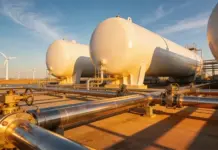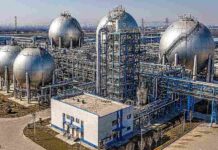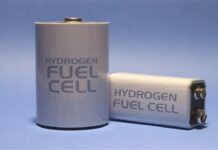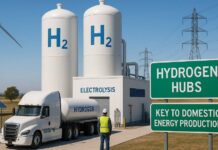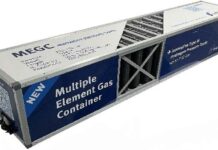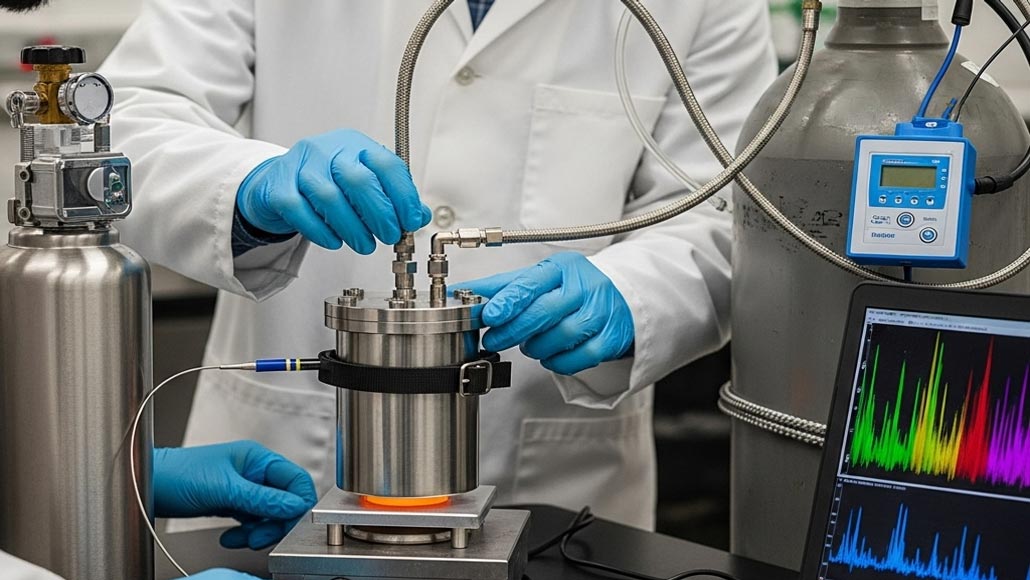A low-temperature hydrogen battery which functions at just 90°C has been developed by the researchers from Japan, therefore overcoming the high-temperature as well as low-capacity limits that the previous methods had.
It is well to be noted that the device works by way of moving hydride ions through a solid electrolyte, enabling the magnesium hydride that acts as the anode so as to repeatedly store and also release hydrogen at its full capacity. This battery happens to offer a practical way to store the hydrogen fuel, thereby paving the way for hydrogen-powered vehicles along with clean energy systems.
One of the most to-be-addressed challenges that faces the use of hydrogen happens to be its storage, which typically needs very low temperatures, essentially −252.8°C, and high pressures ranging from 350 to 700 bar. Rather than storing hydrogen as a gas or liquid, a more effective approach is to store it in solid materials like magnesium hydride (MgH₂), which happens to have quite a high theoretical storage capability.
This material can very well get integrated into a battery-like system in which, rather than only moving electrons, hydrogen itself gets stored and released at the time of charging and discharging.
Until now, this approach was limited by the requirement for high operating temperatures of more than 300°C, poor reversibility in terms of hydrogen absorption as well as its desorption, and also the unwanted side reactions, which essentially reduced the performance.
In a major development that may very well open the door to practical applications, the Institute of Science Tokyo – Science Tokyo, Japan researchers have gone on to develop a low-temperature hydrogen battery functioning at around 90°C.
The study that was published in the journal Science was conducted by a research team that was led by Dr. Takashi Hirose, the research scientist, as well as Naoki Matsui, the assistant professor, and also the institute’s Professor Ryoji Kanno at the Research Center for All-Solid-State Battery in the Institute of Science, Tokyo.
As per Matsui, they demonstrated the operation of an Mg–H₂ battery to be a safe and efficient hydrogen energy storage device, thereby attaining high-capacity, reversible hydrogen gas absorption and release, along with low temperature, says Matsui.
It is well to be noted that the novelty of this battery happens to lie in its solid electrolyte, Ba0.5Ca0.35Na0.15H1.85, that can very well transport the hydrogen ions, specifically the hydride ions (H–), in an efficient way. This material happens to have an anti-α-AgI-type crystal structure, which is pretty well-known due to its superionic conductivity.
With regard to this structure, barium and calcium, as well as sodium, happen to occupy body-centered positions, while the H moves by way of face-sharing tetrahedral as well as octahedral sites, enabling them to migrate in a free way. Tests have shown that the material happens to have high ionic conductivity at room temperature, which is 2.1 × 10-5 S cm-1, along with electrochemical stability, hence making the system effective in terms of long-term hydrogen storage as well as release.
The battery design makes use of MgH₂ as the anode and also hydrogen gas as the cathode. During the process of charging, MgH₂ goes on to release H⁻ that passes through the Ba0.5Ca0.35Na0.15H1.85 electrolyte to the H₂ electrode, in which they are oxidized so as to release H₂ gas.
During the process of discharging, the reverse takes place—H₂ gas at the cathode gets decreased to H⁻, which passes through the electrolyte towards the anode and then reacts with Mg to form MgH₂.
This process enables the cell to both store and release H₂ when required, all at manageable temperatures well below 100°C. Through using this cell, the researchers have been able to reach MgH₂, which is about 2,030 mAh g⁻¹, the full theoretical storage capacity equivalent to 7.6 wt.% H₂, on repeated cycles.
It is well to be noted that traditional solid-state hydrogen storage methods have gone on to face major limitations. There is heat-driven absorption as well as desorption needed for very high operating temperatures between 300 and 400°C in order to release or capture hydrogen, which makes the process energy-intensive and, of course, impractical for everyday usage.
Apparently, an alternative approach of using electrochemical storage along with liquid electrolytes at lower temperatures has suffered from poor hydrogen-ion transport; that meant the materials could not attain anywhere near the theoretical storage capacities. Due to this, both approaches fell short of offering a reversible, efficient, and also low-temperature solution in terms of hydrogen storage.
According to Hirose, all these properties of their hydrogen storage battery happened to be previously unattainable through the conventional thermal methods or by way of liquid electrolytes, hence offering a foundation in terms of efficient hydrogen storage systems that are apt for use as energy carriers.
Interestingly, such a battery could very well be the key to a hydrogen-powered future, helping with hydrogen-powered vehicles as well as carbon-free industries.


